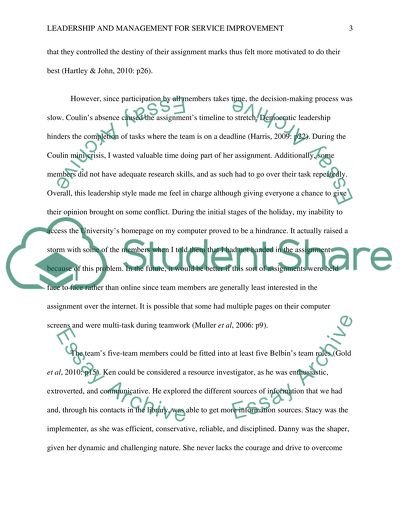Cite this document
(“Leadership and Management for Service Improvement Essay”, n.d.)
Leadership and Management for Service Improvement Essay. Retrieved from https://studentshare.org/nursing/1456258-leadership-and-management-for-service-improvement
Leadership and Management for Service Improvement Essay. Retrieved from https://studentshare.org/nursing/1456258-leadership-and-management-for-service-improvement
(Leadership and Management for Service Improvement Essay)
Leadership and Management for Service Improvement Essay. https://studentshare.org/nursing/1456258-leadership-and-management-for-service-improvement.
Leadership and Management for Service Improvement Essay. https://studentshare.org/nursing/1456258-leadership-and-management-for-service-improvement.
“Leadership and Management for Service Improvement Essay”, n.d. https://studentshare.org/nursing/1456258-leadership-and-management-for-service-improvement.


